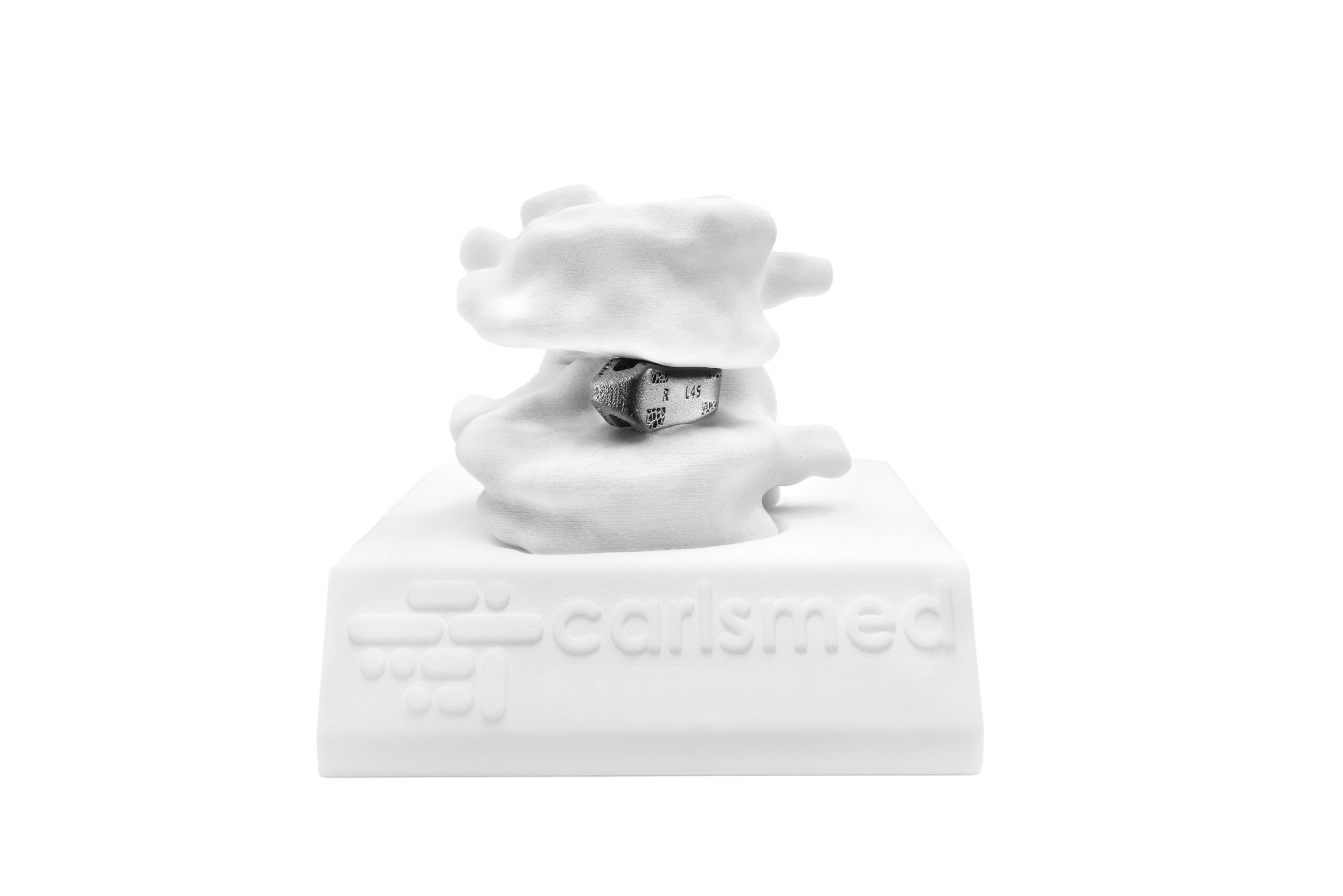Patient-specific spinal rods and implants are custom-made devices designed to fit an individual
patient’s spinal anatomy perfectly. These implants are crafted using advanced imaging
techniques such as CT scans or MRIs, allowing surgeons to create a precise 3D model of the
patient’s spine. This level of customization enables the production of implants that match the
patient’s specific curvature, size, and alignment, optimizing the overall surgical outcome.
- Enhanced Precision and Fit
One of the primary advantages of patient-specific spinal rods and implants is the level of
precision they offer. Traditional implants are generic in nature, meaning they may not fit a
patient’s anatomy perfectly. This lack of alignment can lead to complications, discomfort, and
suboptimal outcomes. Patient-specific implants, on the other hand, are meticulously designed
to match the patient’s spine, reducing the risk of post-operative complications and enhancing
overall comfort. - Improved Surgical Outcomes
Precision is a critical factor in spinal surgeries, and patient-specific implants contribute
significantly to better surgical outcomes. Surgeons can have more confidence in the fit and
alignment of the implants, reducing the need for extensive adjustments during the procedure.
This, in turn, can lead to shorter surgical times, reduced blood loss, and faster patient recovery. - Tailored Correction and Alignment
Patients with complex spinal deformities require intricate corrections and alignment
adjustments. Off-the-shelf implants might not provide the necessary customization needed to
address these complexities effectively. Patient-specific implants, however, can be precisely
designed to achieve the desired correction, which is especially crucial in cases of scoliosis,
kyphosis, and other spinal conditions. - Minimized Tissue Trauma The design accuracy of patient-specific implants also plays a role in minimizing tissue traumaduring surgery. A proper fit reduces the need for extensive manipulation of surrounding tissuesand bone, contributing to reduced post-operative pain and a quicker recovery period.
- Personalized Approach
Every patient’s spinal condition is unique, and a personalized approach to treatment can yield
optimal results. Patient-specific implants allow surgeons to take into account the patient’s
specific needs, ensuring a tailored treatment plan that addresses individual challenges
effectively. - Long-Term Stability
The precise fit and alignment achieved with patient-specific spinal rods and implants can lead
to improved long-term stability of the spine. This can result in reduced risk of implant failure,
complications, and the need for revision surgeries down the line.
Conclusion
The introduction of patient-specific spinal rods and implants represents a significant leap
forward in the field of spinal care. With enhanced precision, improved surgical outcomes,
tailored corrections, and a personalized approach, these implants offer a new level of care for
patients with spinal deformities. As technology continues to advance, patient-specific solutions
are likely to become an increasingly integral part of spinal surgery, transforming the lives of
countless individuals seeking relief from spinal conditions.



